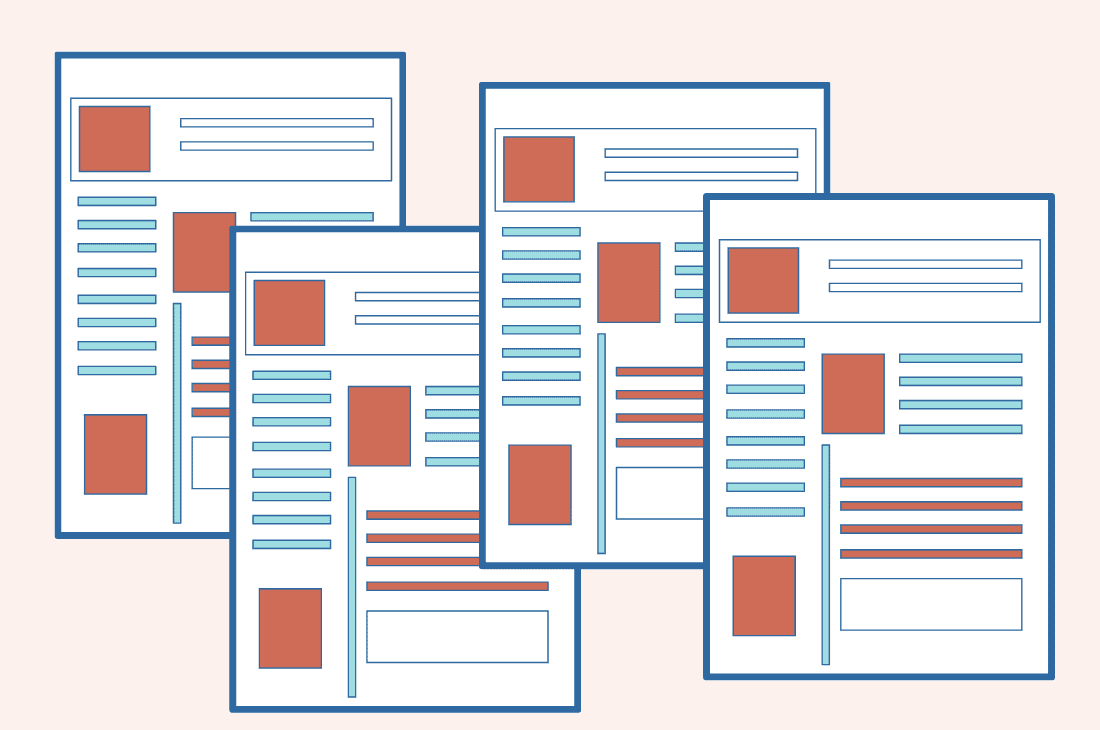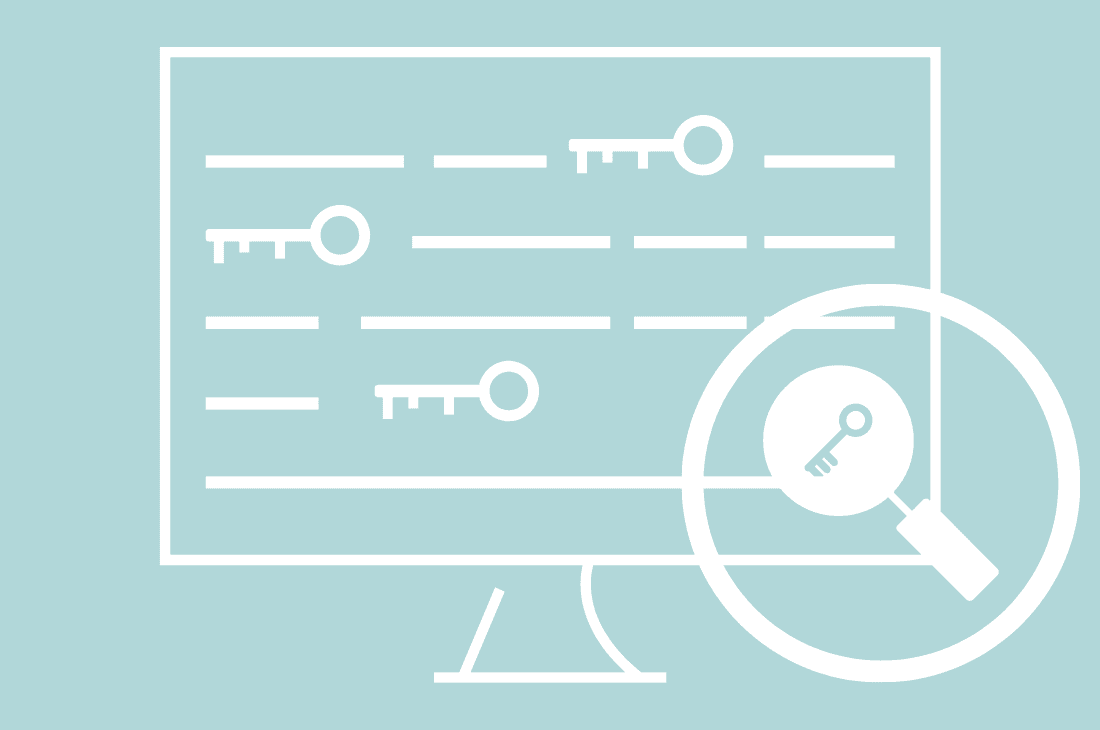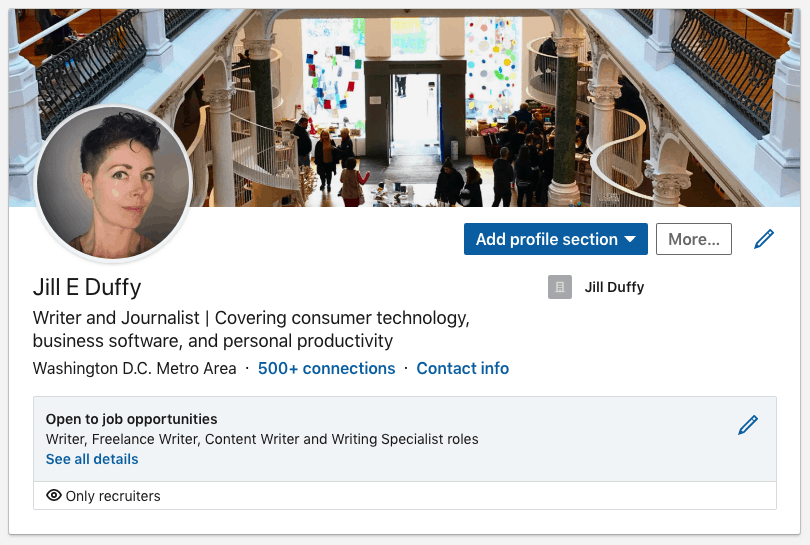This post is all about when to stop using a resume objective and 5 other resume writing mistakes to avoid.

I have a major confession to make as a mid-career professional. In the 15+ years of my career, I used the same resume from the very beginning of my career and just slapped on the latest experience. Are you guilty of doing this too? Boy oh boy, have we been doing this wrong! It's time to drop resume objectives, listing our first job and other unintentional mistakes we make on our resumes.
This post will cover the 6 mistakes to avoid when writing your resume and tips on how your resume will clearly define who you are and what you can offer.
1. Writing a resume objective- don’t do it.
What is a resume objective? It's an intro statement telling the reader your relevant job skills for the role and your career goals.
This type of statement is a perfect introduction if you are starting your career or new to an industry, but as a mid-career professional, you are better off using a performance summary instead of a resume objective.
As a mid-career professional you are probably going after manager level or above roles, with a performance summary it tells the reader right off the bat what you can bring to the table and what you have done. It's time to declare what you have accomplished, not what you hope to achieve.
What to write for a resume performance summary :
- List 3-4 professional titles held
- Call out your career experience
- Call out 2-3 performance statements that include keywords (read further below to find out what are keywords in a resume)
ICYMI- Hiring Mangers spend an average of 6 seconds on the initial review of a resume.
2. Resume with experience starts to add page count and reading time

Resumes with 7-10 years of experience can make that page count go up to 4-5 pages long. I am not saying staying to a 1-page resume rule for this amount of experience. That is unrealistic. But a hiring manager takes an average of 6 seconds to scan over a resume! That is it!
So, excluding your first job out of college may help lower that page count, and keep in mind, the hiring manager may not have the time to read the end of your resume. Unless it was the most amazing role that made a significant imprint on your career and shaped who you are professionally today. If that didn’t happen, exclude it!
Your resume is not a biography that recounts every period of your career. It is your marketing tool to promote your most significant and relevant roles related to the position you are applying for.
Points to keep in mind about a resume:
- A resume is not a biography
- Only include the most key and significant periods in your career
- Avoid creating too many pages on your resume
- Your reader will take an average of 6 seconds to scan your resume
3. Your resume does not have any keywords to beat the Applicant Tracking System

What are keywords?
- An informative word
- A word or phrase of significant importance
Why is it important to include it in a resume?
More companies are choosing to use ATS (Applicant Tracking System) software to help the hiring manager sort through the hundreds or thousands of resumes that are being submitted. One of the ways the system sorts out the resumes is by selecting resumes that use keywords that match to the job description published by the company.
How can I add keywords to my resume?
Have you printed out the job description and highlighted the keywords? This is a must! Read through the company's "about us" summary and job description, then take a highlighter and highlight the keywords, role criteria, certifications, and programs.
Then take those highlighted keywords and search (control+f or command+f for macs) for them in your current resume. If your resume doesn't have the same keywords from the company's job description, you need to add them to your resume now!
The goal is to switch out words or terms that mean the same thing as the keyword, not keyword stuffing your resume with those words or terms that are not a true reflection of your work experience.
ICYMI- 98% of large companies are using ATS (applicant tracking system) as a part of their recruitment process.
4. Listing work experience on resume, we have been doing it wrong
There is nothing worse than reading a simple list of tasks and responsibilities for each role on your resume.
Sure, the hiring manager wants to know that you have the core skills and experiences needed for the role. But simply listing out each task or responsibility is not enough information for you to stand out to the reader.
Hiring managers want to know what you did in your previous role, but also how you did it.
For each role, bullet point 4-5 key responsibilities and/or accomplishments with descriptive and in action words. Also a great place to add keywords!
Example below:
- Curated weekly custom CRM reports with “deep dive” analysis which provided a detailed “story” for the leadership team.
Pro Tip : Simple lists under previous roles is a no-no! But creating a section of core competencies and technical skills is a quick and easy read for the hiring manager and ATS system. Another perfect place for keywords to live.
5. Not adding your LinkedIn profile on your resume
Here are the 3 necessary types of contact information for your resume:
- Email (make sure your email reads professionally and consist of your name and not a nickname)
- Phone #
- LinkedIn profile link

You might be asking, why should I add the link to my LinkedIn profile if they have my work experience right below? Well, you are not viewing LinkedIn in all of its glory and possibilities my friend!
Your LinkedIn profile page should not be a copy and paste of your resume.
Instead it is a strategically designed landing page that showcases your professional highlights in your own voice and tone.
Think of yourself as your own company, and LinkedIn is the "Yelp" page about you where you can share who you are, what you offer, how to get connected, and who recommends you, and your services.
Plus, the hiring manager is already looking you up on LinkedIn, so why not save them time an add it to your resume? See a good example of a LinkedIn Profile below.
6. Using a creative resume template
You want your resume to stand out from the crowd by using one of those creative resume templates you found online, especially if you work in a creative field like fashion or marketing.
However, only use that type of resume when you are 100% sure it is going to be reviewed by a human.
Do not use a creative resume layout when submitting your resume online. The ATS system will not be able to read the graphics and will reject it.
Have two types of resume files:
- Save a version as a PDF for your creative layouts or designed resume- and only use this format when it is being emailed directly to the hiring manager.
- Save a .doc or .docx file - use when submitting online
So there you have it! 6 mistakes to avoid and actionable next steps to getting your resume ready for those hiring manager's eyes or ATS system. Good luck and continue to read on for more tips and trick for your work life.




